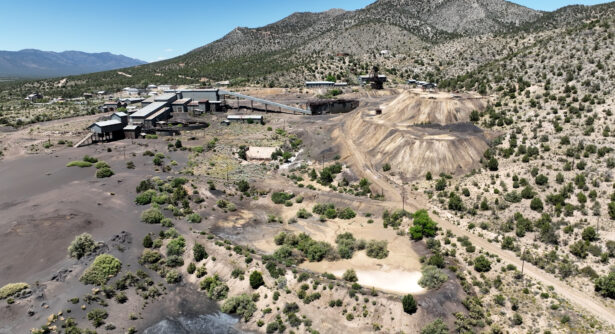
EPA Brownfields Grants: The Votes Are In!
To those that have never prepared an EPA Brownfields MARC (Multipurpose, Assessment, Revolving Loan and Cleanup) grant application, it can be daunting. CCLR works to transform pain into gain – free of charge.
- Brownfields are vacant or underutilized sites, the reuse of which is hampered by real or perceived contamination. Simply stated, any property – land or improvement – with a past use is potentially contaminated. In order to be free of liability from past contamination, prospective developers and purchasers need to conduct due diligence. Many local governments and nonprofits use EPA MARC grants to conduct due diligence and planning activities.
Applications to these annual grants were submitted to EPA on October 28. CCLR staff fielded phone calls, spoke on webinar panels, and provided grant review services. This year, CCLR provided assistance on a record number of applications; some of these drafts were reviewed up to three times. In all, CCLR reviewed 60 drafts of 31 applications.
- CCLR has been providing EPA MARC grant peer-reviews since 2010 to communities in EPA Regions 2, 9 and 10. EPA awards roughly one-third of all applications received. Over the past 5 years, CCLR reviews have more than doubled the success rate of a grant application. Additional CCLR draft reviews improve odds.
How does CCLR review applications?
In a phrase — tough love. Each application is evaluated according to its adherence to dozens of EPA criteria. Our “report card” is four pages long, in fine print. Each draft is also redlined and provided with comments. When requested, or necessary in our judgment, we suggest edits for clarity and layout suggestions to shoehorn all text and tables into the pithy (and oppressive) page limit. CCLR’s average review time is not measured in days, but in hours. During the last few weeks before the deadline, most reviews were often completed and returned on the same day. Even Amazon can’t beat that!
Who sought assistance this year?
The applicant profile has changed over time. Once thought of as a service primarily for urban and metro area communities, more than 80% of reviews this year were for rural communities and coalitions – tribes, small towns, councils of government, and economic development districts. The few urban applications addressed unique regional sustainability solutions where brownfields were part of a broad set of challenges. In addition to affordable housing, common themes for all applications were renewable energy, jobs, and community services.
Who writes these grant applications? CCLR reviews applications written in-house or by a consultant – always free of charge – under our Technical Assistance to Brownfields (TAB) grant from the U.S. EPA. For the past few years, approximately 60% of grants are written by planning and environmental consultants.
- The customer is always right! When asked how our reviews were, some of our communities enthusiastically wrote:
“We are very optimistic our application will be more competitive thanks to their hard work, and would certainly recommend their service!”
“CCLR’s grant review services are top notch [and] consistently the most valuable we receive, and are often the difference between coming close and being awarded.”
“Super helpful as a resource in determining whether an EPA brownfield grant would be a good fit for communities, and review comments are always on point.”
Applicant Regrets and CCLR Tips
In hindsight, applicants would have sent their drafts to CCLR earlier and more times, as well as starting their drafts sooner. The most difficult aspect of the grant application process was finding and connecting health data to brownfields impacts. A close second was adhering to the page limit.
In preparing to apply, we recommend that applicants consult with their EPA regional and state brownfields contacts and participate in webinars hosted by the TAB providers and EPA. Looking over successful applications from previous years is also a “must-do.”
Our communities were very happy with our assistance – and we’re always happy to help. For future applications, we reiterate the following tips:
- Remain connected to CCLR and our Technical Assistance to Brownfields (TAB) partners. Webinars are usually held in the summer, before the MARC Request for Applications (RFA) is released.
- Your TAB providers also coordinate with EPA regional offices who can provide deeper assistance prior to the release of the RFA.
- If your previous application is unsuccessful, ask for a debrief with EPA staff, and ask your TAB provider to participate.
- Starting early provides opportunities to engage with potential partners, learn their issues, and develop the narrative that connects brownfields to your economic, community, housing and sustainability goals.
Good luck to everyone, and CCLR looks forward to hearing from you in the spring, when the MARC madness starts again!





